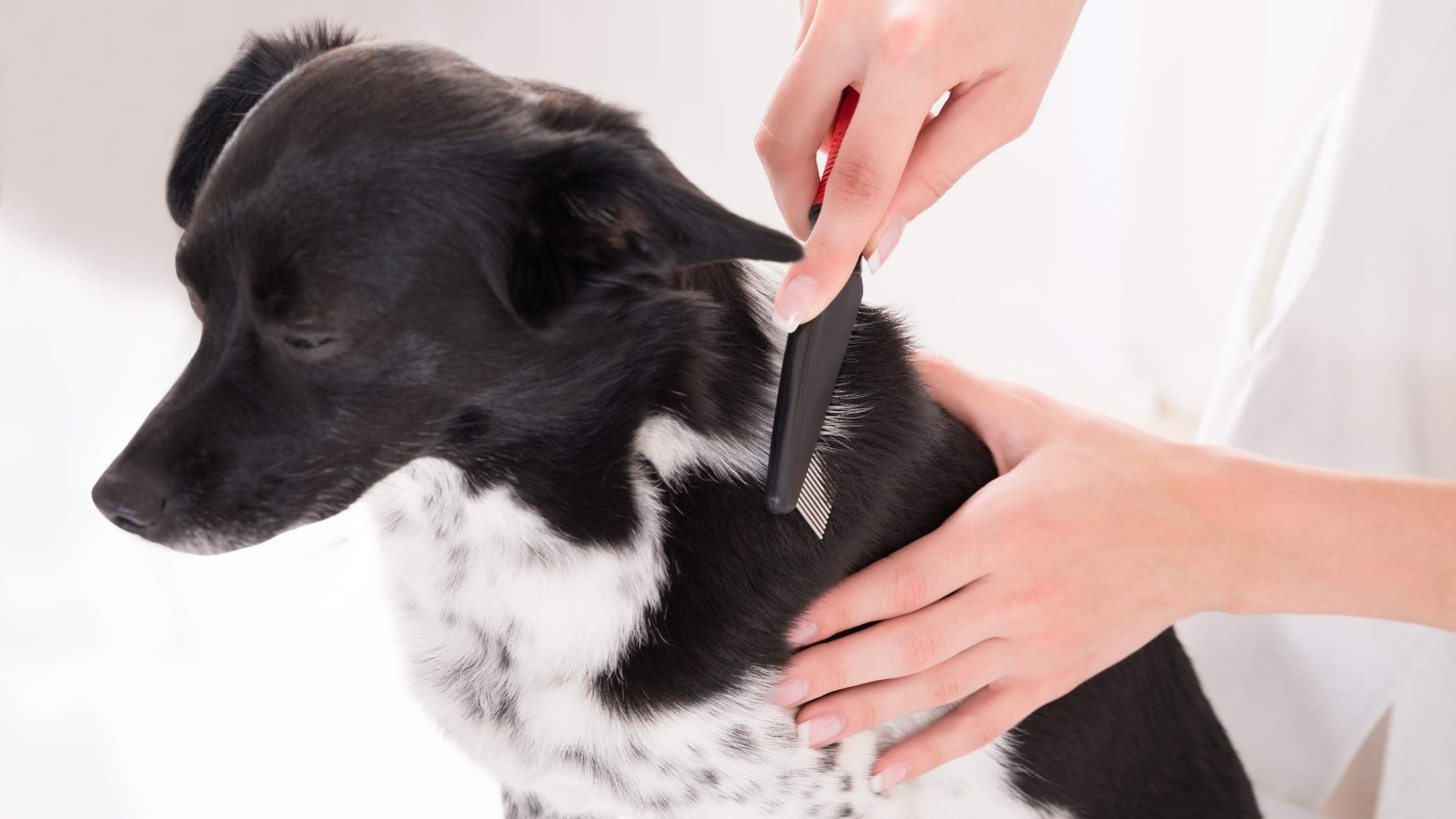How often should my dog get a deshedding treatment?
This is such a common question that you would think by now it would have a definite answer. But the reality is that to arrive at the proper schedule between deshedding treatment appointments that keep your dog's coat healthy and your surroundings free of hair, you will need to consider several internal and external factors.
First and foremost, you have to consider your dog's genetics. Breed and ancestry play a direct role in the natural hair replacement cycle, determining how long it takes hair to go from the growth phase (known as the anagen phase) to its ultimate detachment from the skin (telogen).
Second, your dog's overall health based on age also influences this natural cycle.
Although you may not have much control over internal factors like the ones described above (except for keeping up with regular visits to a reputable veterinarian), there are external ones you can play a significant role in as a responsible pet parent. These external factors include your dog's lifestyle, environment, and diet.
#1. Stamina
Is your dog primarily active during the day? Or is more couch time preferred? An active lifestyle usually results in a faster rhythm in between hair growth phases. It explains why you may need more deshedding treatments during a year if your dog is young and active. However, do not be mistaken: older dogs can shed as much as young pups. But the replacement cycle tends to be somewhat slower, thus requiring fewer trips to the groomer.
#2. Environment
Calm and dry surroundings tend to also slow down the rotation in between phases. Stressful and humid conditions, however, tend to accelerate the replacement cycle. For example, you will notice more shedding on a nervous dog versus a dog with a relaxed attitude.
#3. Diet
Finally, the number of happy years your dog has gifted you with what you have been feeding throughout his or her life is also a significant piece of the puzzle that determines how much your dog sheds throughout the year.
Are you feeding the correct quantity and type of ingredients based on your dog's nutritional requirements? While senior dogs tend to require a low-calorie diet high in protein (promotes lean muscle), younger pups will often do better with a high-fat caloric-full diet for energy.
Consult your veterinarian to determine the proper diet for your best friend.
Rule of Thumb
As you can see, a simple answer that can help you decide how often you should do a deshedding treatment on your dog is not that simple.
But in general, we recommend dogs get a deshedding treatment at least once every quarter (3 months) or every 2 regular baths if you keep up with a standard 4-6 weeks bathing schedule. In other words, 3-4 treatments per year are what defines a typical deshedding program for most dogs.
However, if you do not keep your dog on a regular bathing schedule, deshedding may be required more often since hair is usually not maintained at its healthiest level, and shedding may be more severe.

